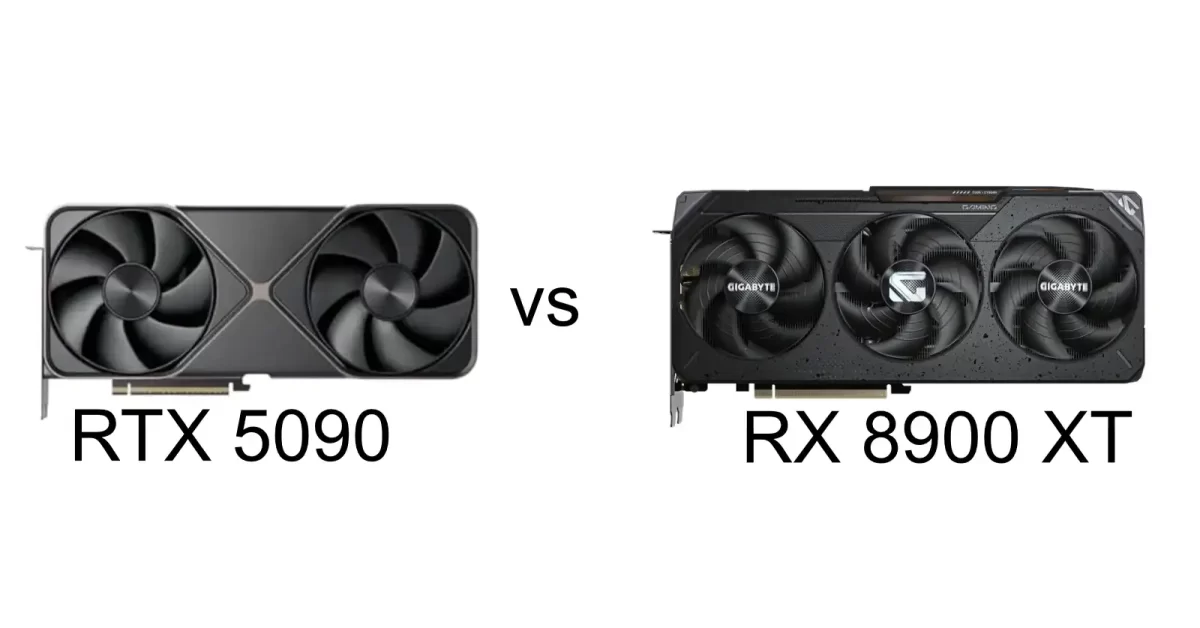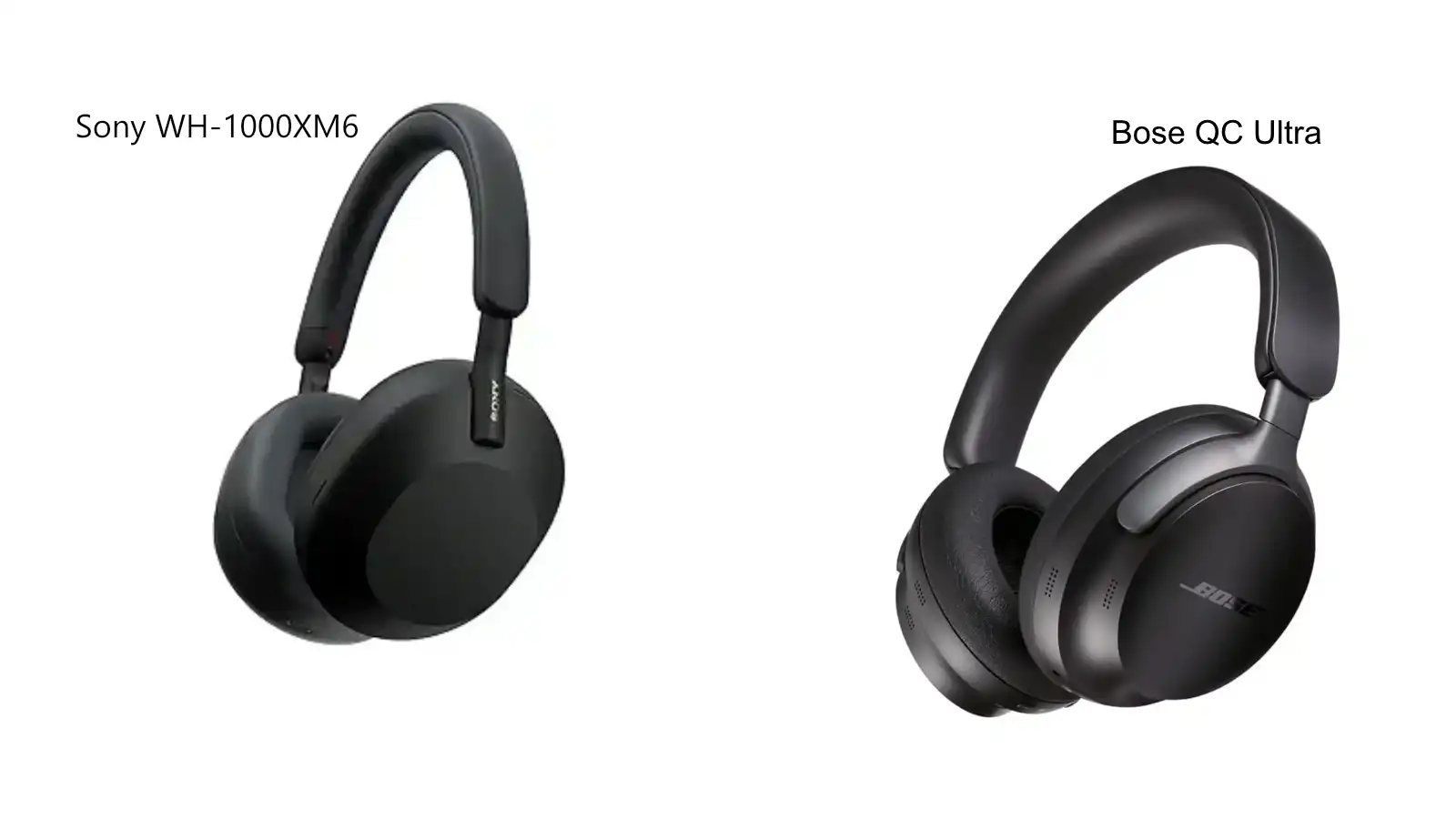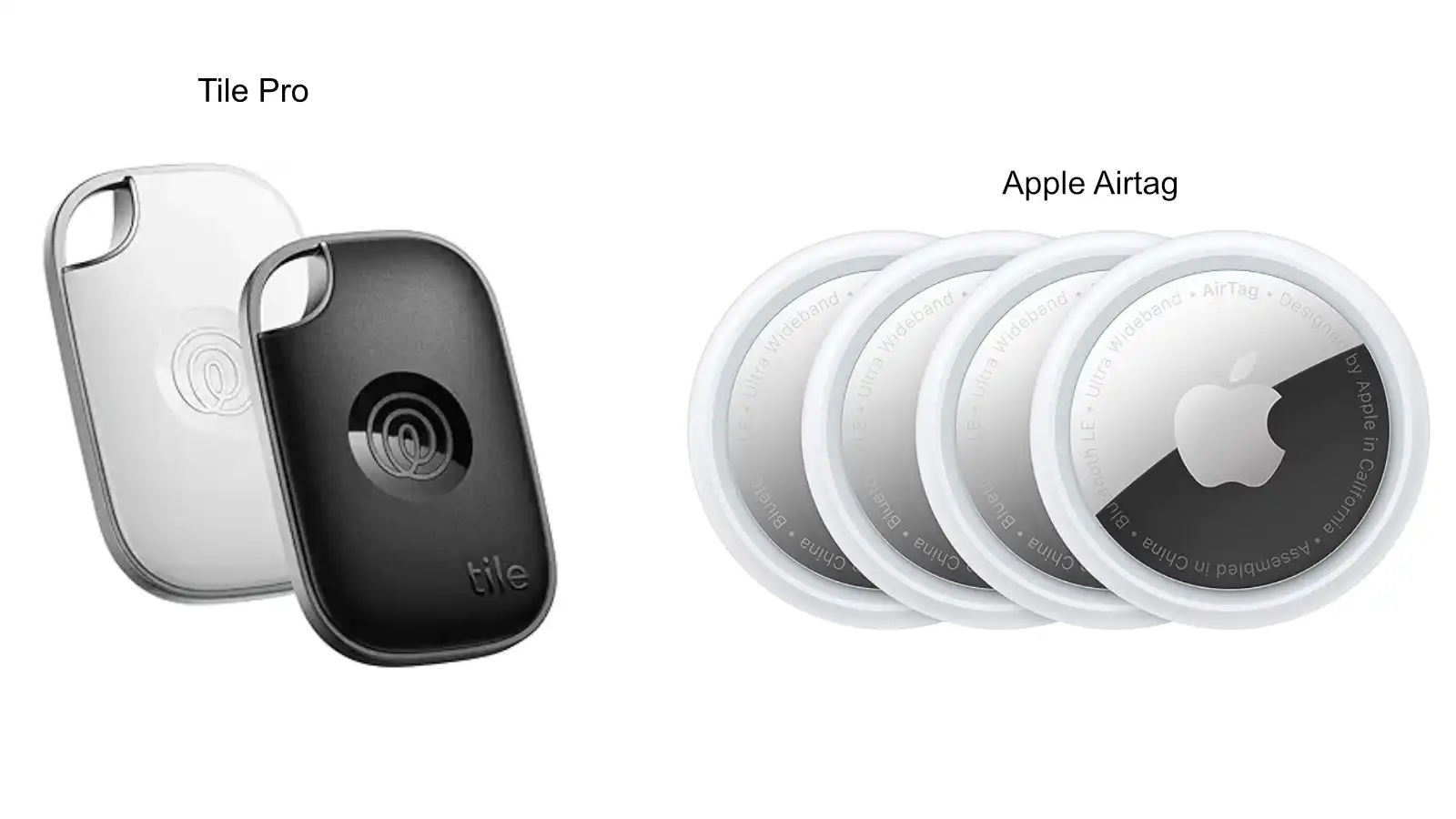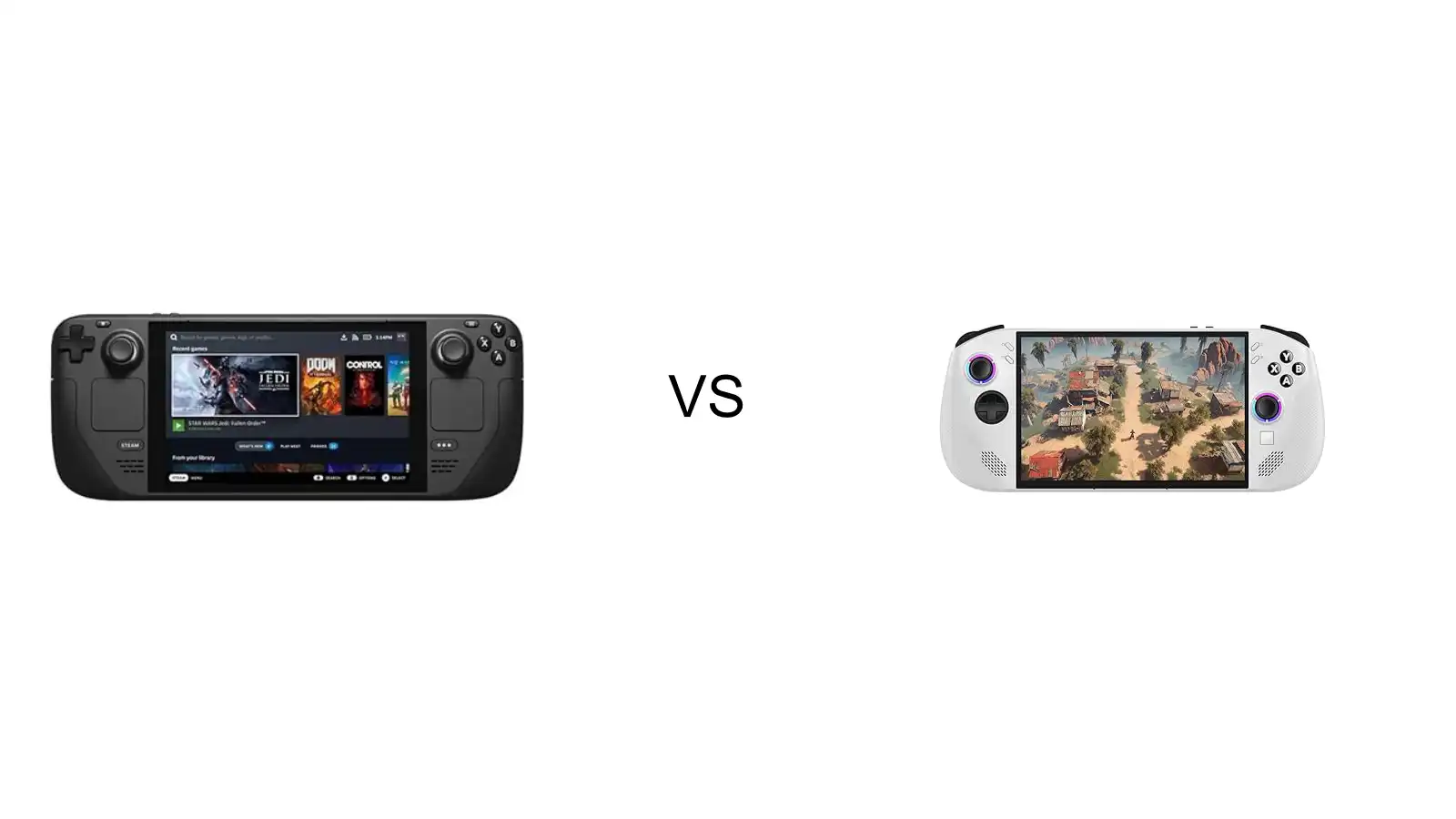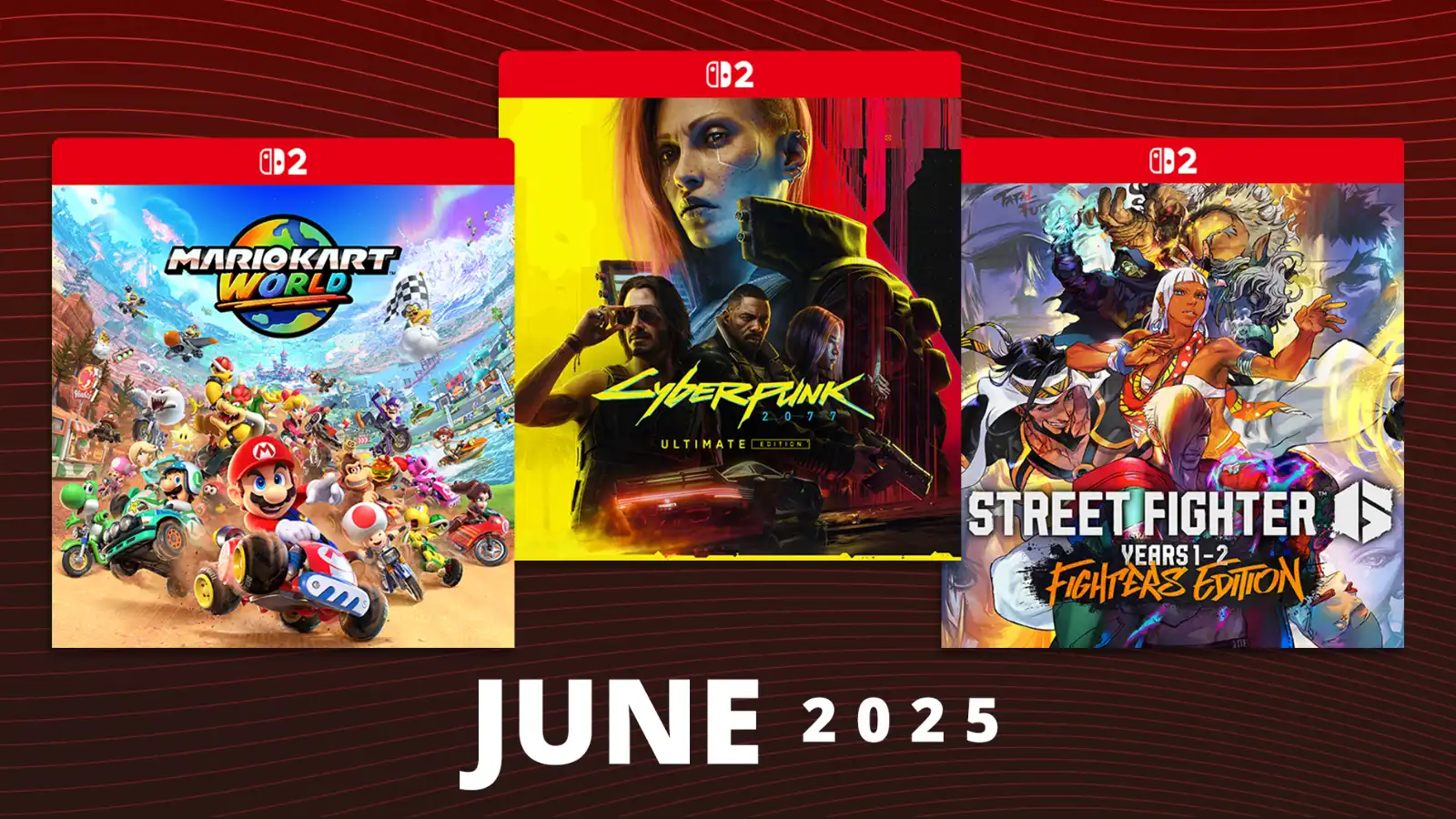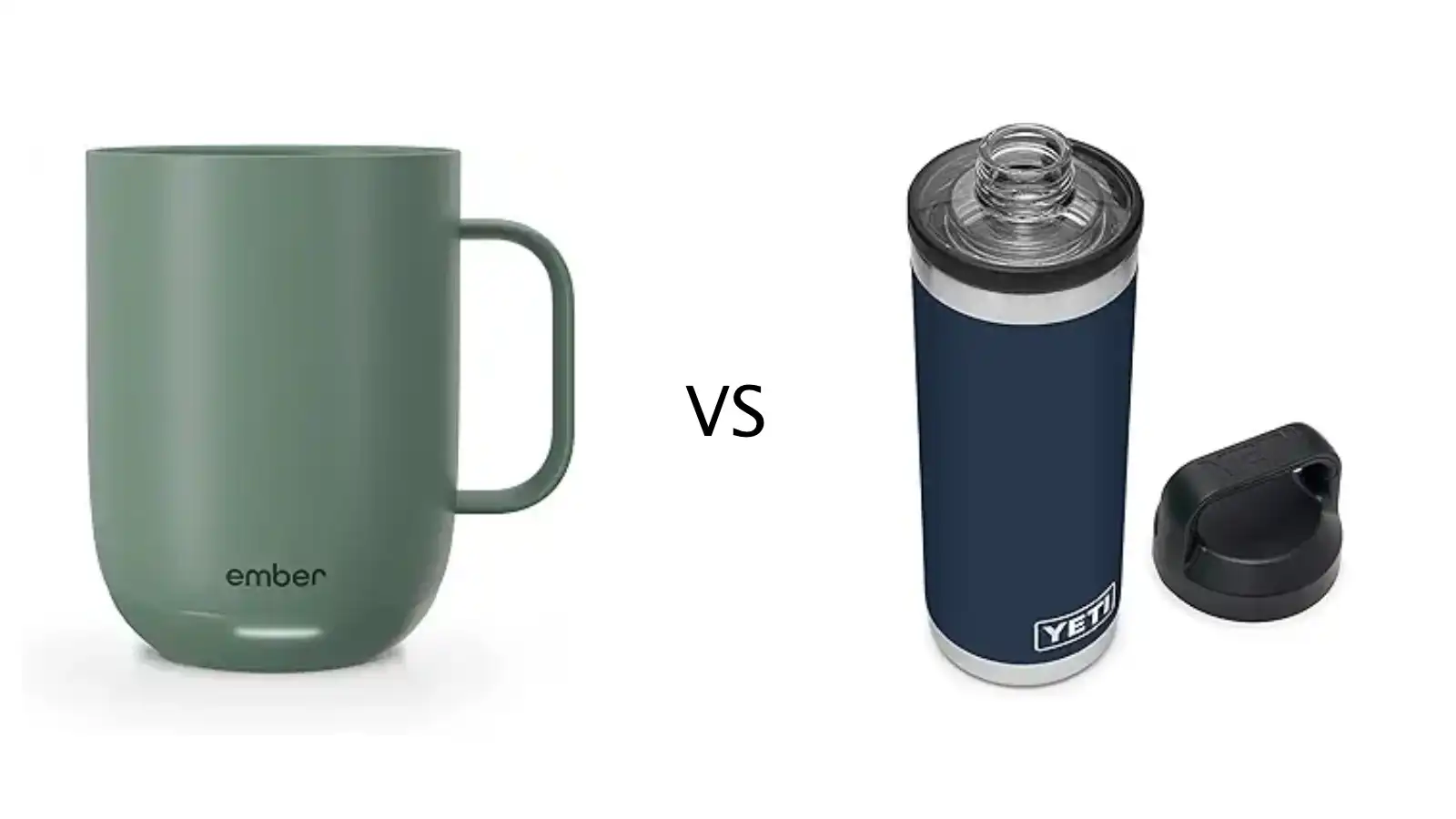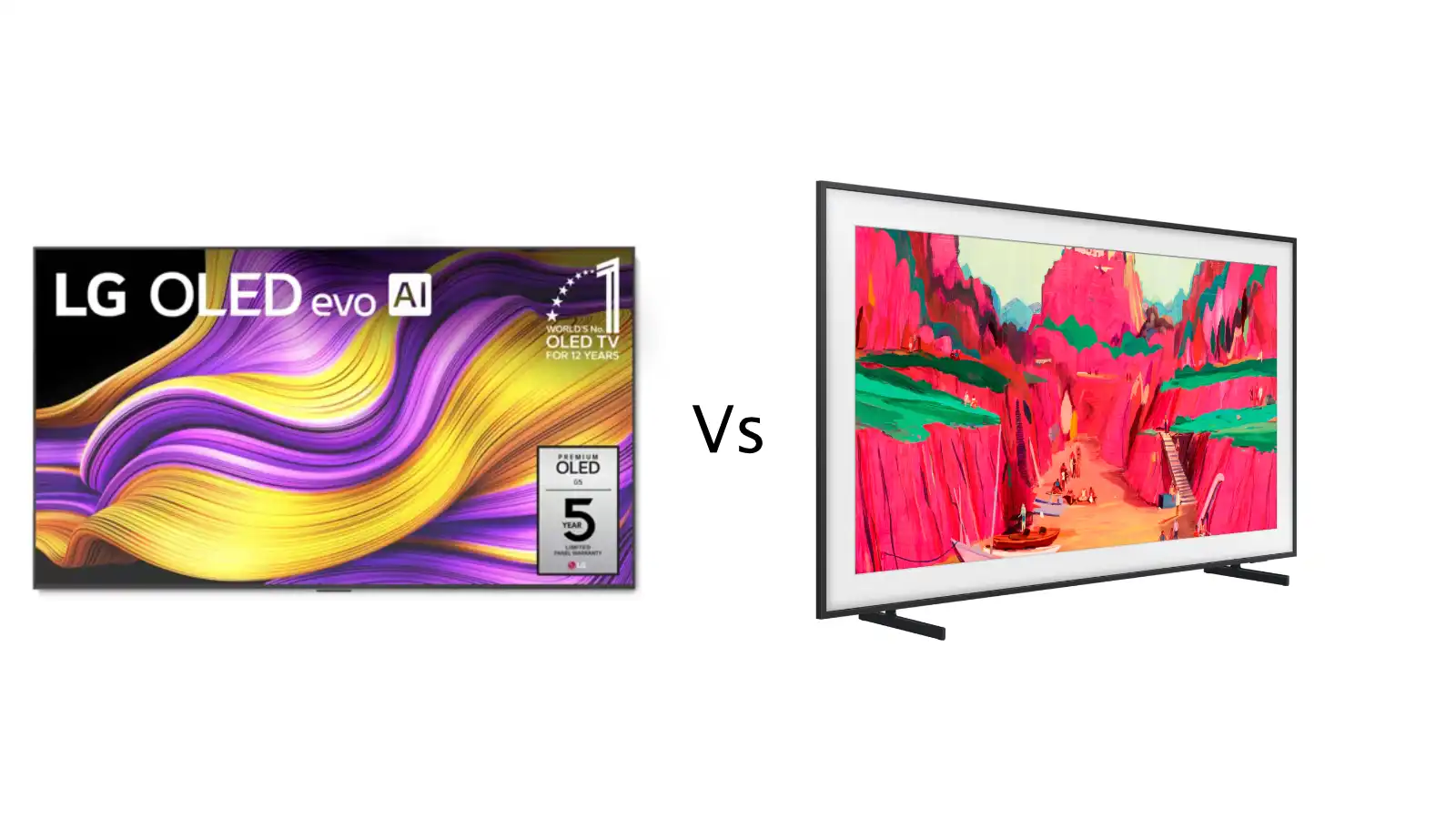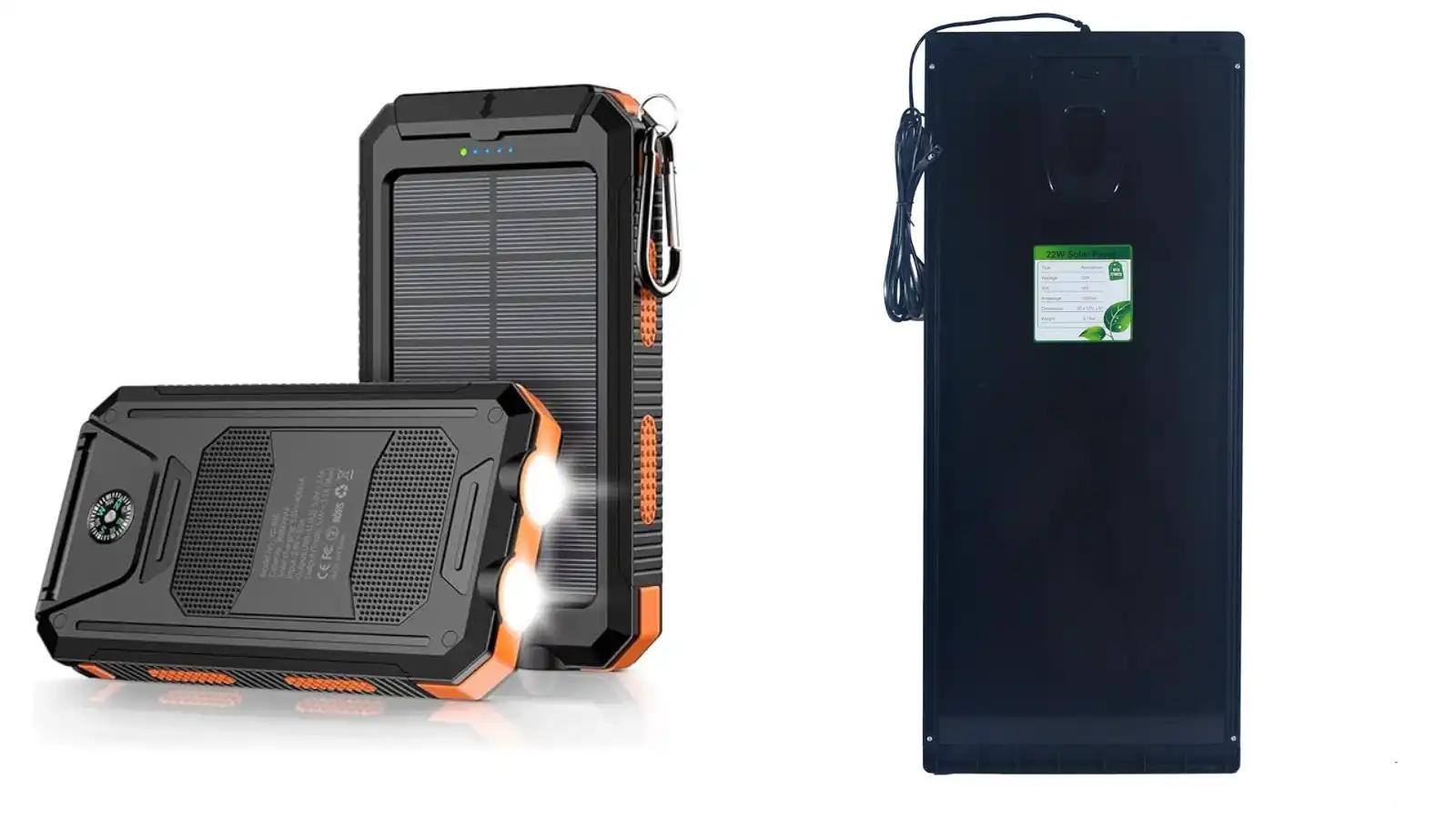Introduction: RTX 5090 vs RX 8900 XT
When you construct a PC in 2025 you will encounter this decision. AMD Radeon RX 8900 XT with 48GB GDDR7 memory, and NVIDIA GeForce RTX 5090 with 32 gigabytes GDDR7 memory. The question remains simple in this matter since GPU peaks with these two devices, quantity of video memory alone does not equate to better performance.
RX 8900 XT generates attention because its 48GB VRAM becomes vital for AI developers and creators and gamers who achieve 8K resolution performance. On the flip side, NVIDIA’s RTX 5090 takes a different approach, leveraging its Blackwell architecture and memory management to deliver performance with “just” 32GB. Does the memory comparison create differences when using the product?
Knowing about GDDR7 memory becomes essential because ray tracing standardization combined with AI-enhanced tools makes it crucial for you to understand its role.
This article breaks down marketing statements to understand the significance of 16GB and advantages that these memory sizes provide. The information you need regarding modern graphics technology and future rigs exists in this post.
NVIDIA GeForce RTX 5090 | AMD Radeon RX 8900 XT |
|---|---|
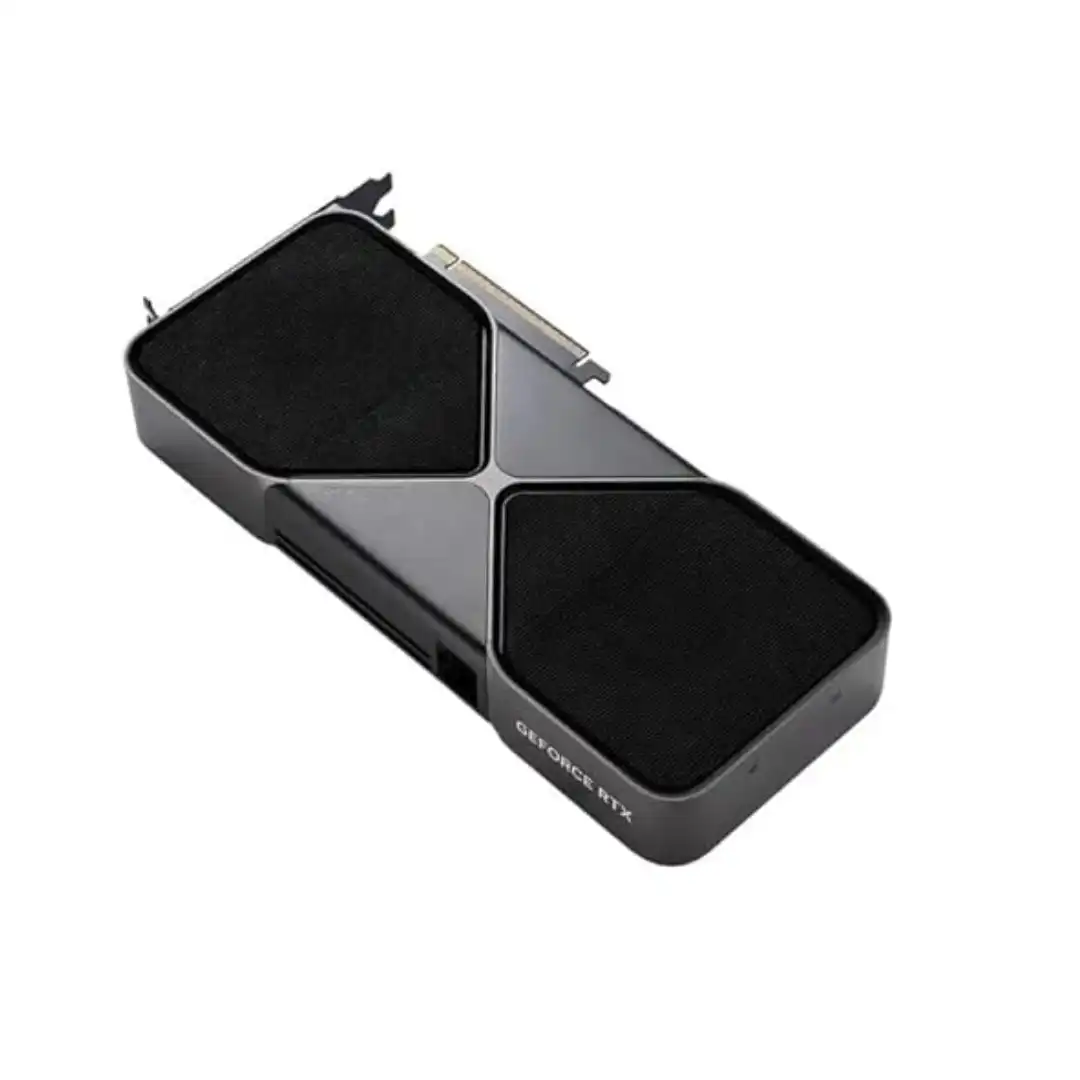 | 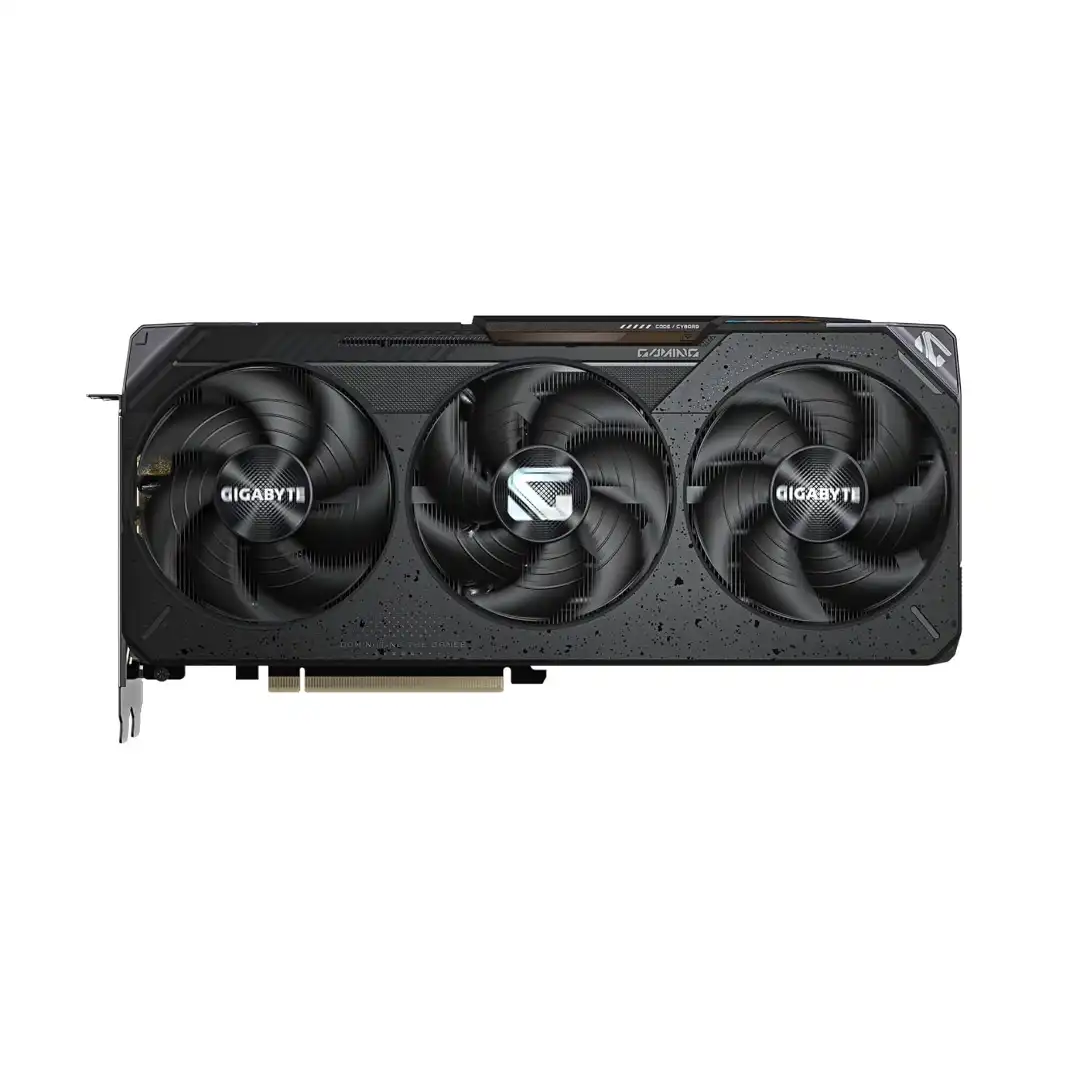 |
$1,999.99 | $999.99 |
Quick Specs Comparison Table
Feature | AMD Radeon RX 8900 XT | NVIDIA GeForce RTX 5090 |
Architecture | RDNA 5 | Blackwell |
Memory Size | 48GB GDDR7 | 32GB GDDR7 |
Memory Bus Width | 384-bit | 512-bit |
Memory Bandwidth | Up to 1,500 GB/s (est.) | 1,792 GB/s |
Stream Processors / CUDA Cores | 12,288 Stream Processors | ~18,000+ CUDA Cores (est.) |
Ray Tracing Support | Hardware-accelerated | 4th Gen Ray Tracing Cores |
AI Acceleration | FidelityFX AI | DLSS 4 with Tensor Core v6 |
Target Use Case | Ultra HD gaming, content creation, AI/ML | High-end gaming, ray tracing, AI rendering |
Understanding GDDR7 Memory and Why It Matters
GDDR7 is the next leap in graphics memory, and it’s at the heart of the RTX 5090 vs RX 8900 XT comparison. GDDR7 technology from Samsung enables data transfer rates at 42.5 GBPS per pin and better efficiency than previous versions to serve gameplay and artificial intelligence-based programs. For gamers asking, “Which GPU is better for ray tracing in 2025?”, Lighting and shadows are affected in real time by memory speed and bandwidth.
The NVIDIA GeForce RTX 5090 leverages this GDDR7 memory to push the limits of DLSS 4 and ray tracing performance, while the RX 8900 XT opts for higher capacity with its 48GB variant. This brings up a key debate: Is the RTX 5090 worth it over RX 8900 XT? It depends on what you want.
NVIDIA looks to keep up with rendering and AI upscaling by bringing the RTX 5090 specs, which offer the bandwidth and efficiency, to compete with AMD's FSR and its software stack. As the NVIDIA 5090 vs AMD battle heats up, one thing is clear: GDDR7 is changing what’s possible in gaming, content creation, and AI inference.
RX 8900 XT 48GB – What Can You Do with That Much VRAM?
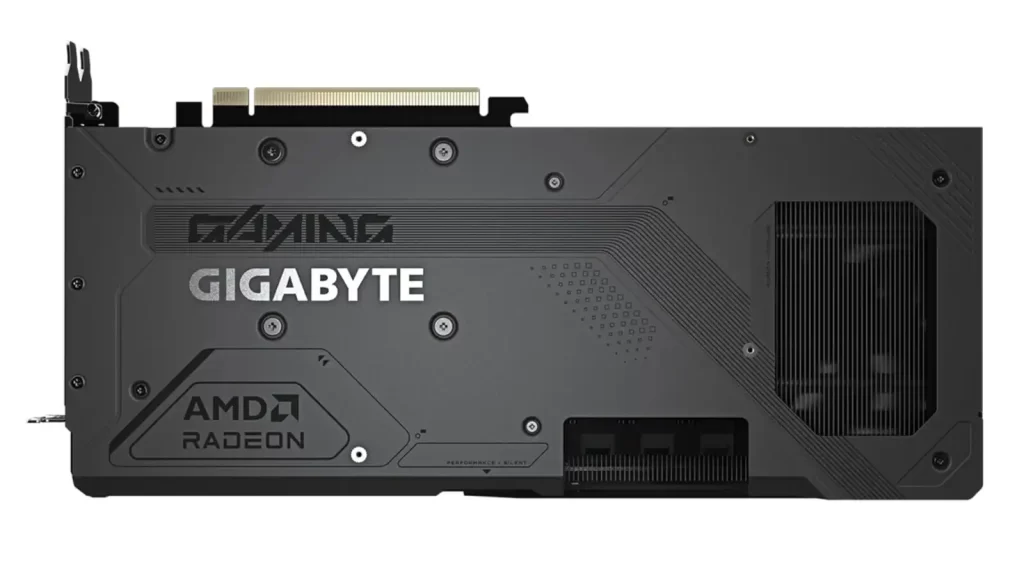
The 48GB VRAM remain unclear to most users. Let’s break it down. Graphics memory of 48 GB provides benefits to gamers who work with 8K graphics at 3D rendering and perform AI and machine learning tasks. The RX 8900 XT offers GPU-based storage effective for textures models and data which makes it suitable for creators alongside enthusiasts.
For gamers running open-world games with ray tracing enabled, 48GB provides more space than the RTX 5090. This RX 8900 XT 48GB variant provides users with multiple performance options suitable for both building and multitasking applications.
The AI developers and content creators also falls under this category. The RX 8900 XT 48GB supports effective memory handling by reducing system memory swapping while it reduces render times when used for training language models or Blender or Unreal Engine scene rendering. The card delivers more than gaming capabilities since it serves applications related to real professional tasks. Perfect for those asking, “Which GPU is better for ray tracing in 2025?” and what role DLSS vs FSR plays in that decision.
RTX 5090 GDDR7 – Less RAM, But More Than Enough?
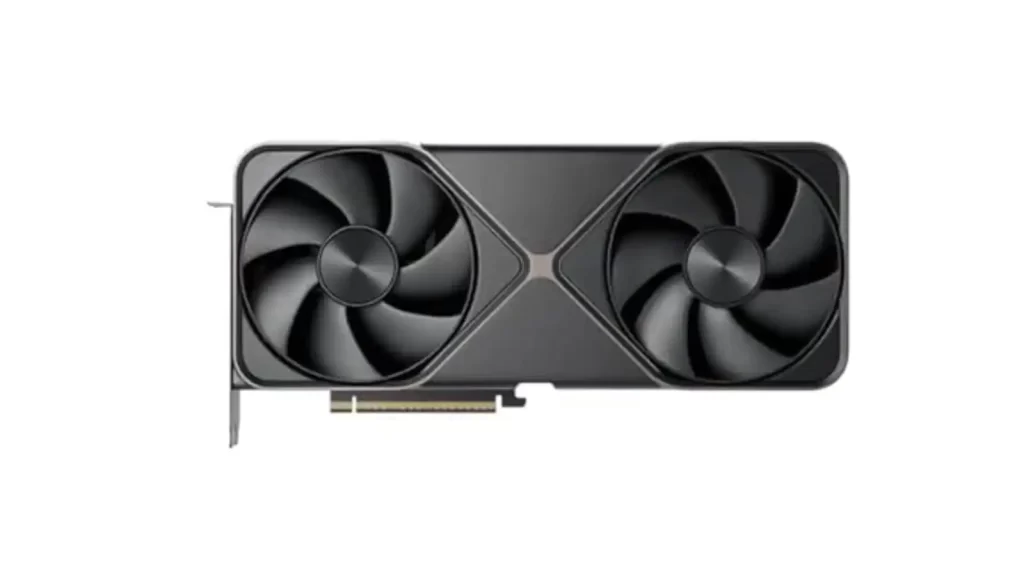
At first glance, the NVIDIA GeForce RTX 5090 might seem at a disadvantage with “only” 32GB GDDR7 memory when compared to the AMD Radeon RX 8900 XT’s massive 48GB. You can't judge computer performance solely on VRAM quantity.
With a 512-bit bus and 1.8 TB/s of bandwidth, the RTX 5090 GDDR7 is built for speed, efficiency, and performance that makes every gigabyte count.
I am talking to people who are asking: ‘Which GPU will be better for ray tracking-2025?’ In 4K and 8K video gaming applications NVIDIA implements DLSS 4 compression technology based on RTX 5090 standards.
The GPU guarantees advanced AI functions and accurate visuals to every person building a rig or upgrading from the RTX 4090. And if you're wondering, “Is the RTX 5090 worth it over RX 8900 XT?”, consider this: NVIDIA’s DLSS vs FSR lead to superior driver support continues to attract gamers, streamers, and creators who prioritize performance over VRAM.
With a release date in 2025 and RTX 5090 price tag, this isn't for everyone but for those chasing graphical dominance.
Performance: VRAM Usage in Real Games and Apps
RTX 5090 vs RX 8900 XT comparison push VRAM to its limits. Both Cyberpunk 2077 Ultra RTX and Hogwarts Legacy run at breathtaking 4K resolutions together with other GPUs. Memory management stands out as the ultimate factor which sets these two components apart from one another.
The RX 8900 XT’s 48GB GDDR7 shines when texture packs and open worlds are in play, while RTX 5090’s 32GB relies on bandwidth (1,792 GB/s) and DLSS 4 to optimize performance without needing much VRAM.
Customers asking, “Which GPU is better for ray tracing in 2025?” Users need to study LumiBench because it confirms NVIDIA continues to excel with ray tracing performance through its RT Cores and AI-powered frame generation framework.
In fact, RTX 5090 specs enable frame rates of 230 FPS in scenarios, a leap over cards. The FSR technology from AMD together with its RDNA 5 architecture advances quickly yet NVIDIA maintains its lead in native ray tracing capabilities.
For creative professionals and AI developers, Applications like Blender, Unreal Engine 5, and DaVinci Resolve benefit from VRAM, giving RX 8900 XT 48GB vs RTX 5090 GDDR7 memory an edge in rendering workflows.
However, DLSS vs FSR optimizations, RTX 5090 closes the gap by accelerating AI-based tasks. The selection of graphics processing unit depends on how well these cards fit your creative process between gaming and streaming and creating content.
Who Should Buy Which Card? Recommendations Based on use Case
When deciding between NVIDIA GeForce RTX 5090 and AMD Radeon RX 8900 XT, it’s essential to match GPU to your specific needs. Both cards offer performance, but each excels in different areas, making them suitable for use cases.
RTX 5090 is the one you should choose if you are a content creators and professionals who require robust AI capabilities and rendering tools. With its AI processing and 32 GB of GDDR7 memory, this card is well-suited for tasks that benefit NVIDIA's DLSS technology and real-time ray tracing. It is for those working with creative projects that demand computational power.
Gamers aiming to play at 4K and beyond will find RTX 5090 option, provided they have a powerful computer to complement the card’s capabilities.
Radeon RX 8900 XT offers alternative for gamers looking for graphics without premium price tag associated with NVIDIA GPUs. It will deliver impressive performance, with an amount of GDDR7 memory, up to 24GB. This makes it a good fit for gamers.
If your work or play involves AI computations, gaming, or you are a professional that is looking for the latest technologies like DLSS, RTX 5090 is likely the better choice. But, if you are seeking a balance between cost and performance for high-resolution gaming, RX 8900 XT could be your choice. Your decision should align with your use case, budget, and type of computing experience you wish to achieve.
Conclusion: The Verdict on VRAM Comparison
As the battle between NVIDIA GeForce RTX 5090 and AMD Radeon RX 8900 XT comes into focus, one of the most talked-about aspects is their memory configurations, RX 8900 XT’s rumored 48GB GDDR7 versus RTX 5090’s 32GB GDDR7. The way you use your system determines whether VRAM stands as an apparent advantage or not.
For gamers pushing the limits at resolutions, especially with ray tracing enabled, RTX 5090 proves that raw memory size isn’t everything. Through its implementation of the NVIDIA memory compression solutions and DLSS 4 frame generation technology the card uses optimized performance which cuts down VRAM dependency. RTX 5090 provides an exceptional gaming experience regardless of lacking the additional 48GB onboard memory.
The large 48GB VRAM capacity of the RX 8900 XT truly excels when professionals need to edit 8K videos and execute AI model training and perform 3D rendering tasks. The large available memory space of 48GB provides valuable benefits for content developers and creators who work with data sets and texture packs because their applications need advanced memory capacity.
The winner of the VRAM comparison depends entirely on individual performance preferences. If you're after AI-enhanced performance and gaming, RTX 5090’s 32GB is enough and better utilized. For environments demanding extensive future-proofing and raw memory space RX 8900 XT with its 48GB gives better value than RTX 5090 which has a limit of 32GB.
The winner of this VRAM comparison depends entirely on your individual requirements. The best VRAM solution depends on your needs rather than the amount of memory you possess.
If you're still trying to decide between RTX 5090 vs RX 8900 XT, don’t miss out on making informed choice, drop your questions in the comments below and let’s break down what matters most for your setup.
Our goal is to guide you toward choosing the right card that fulfills your specific requirements among raw performance seekers and future-proof AI users and value seekers. Make your engagement now to obtain predictions about your requirements.
